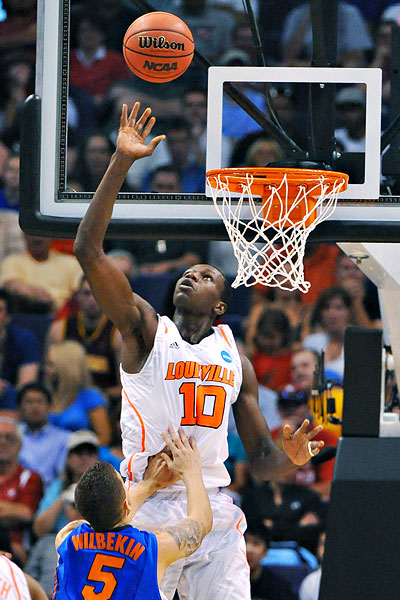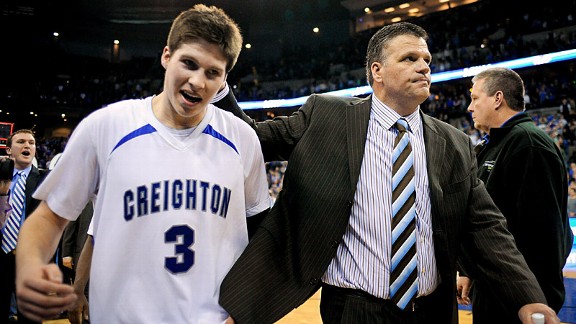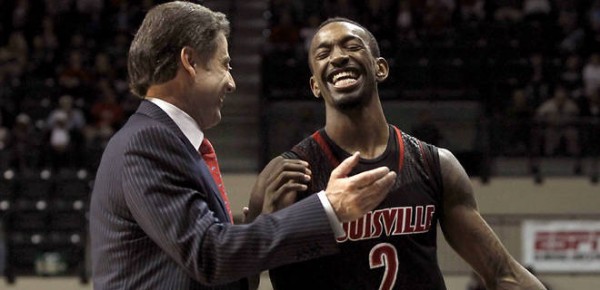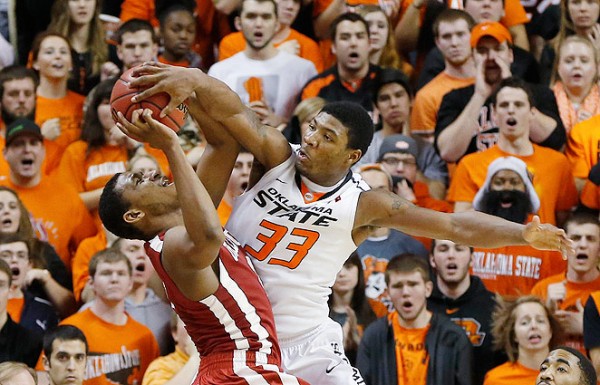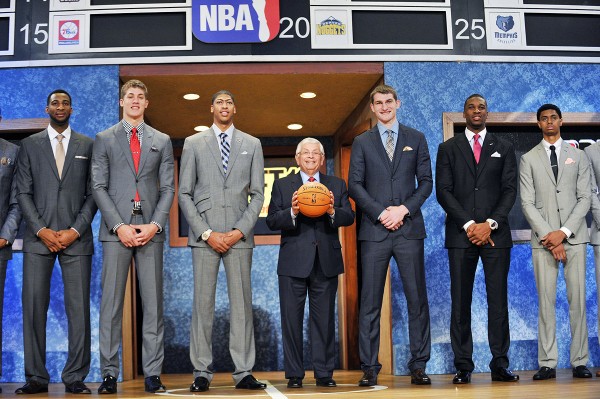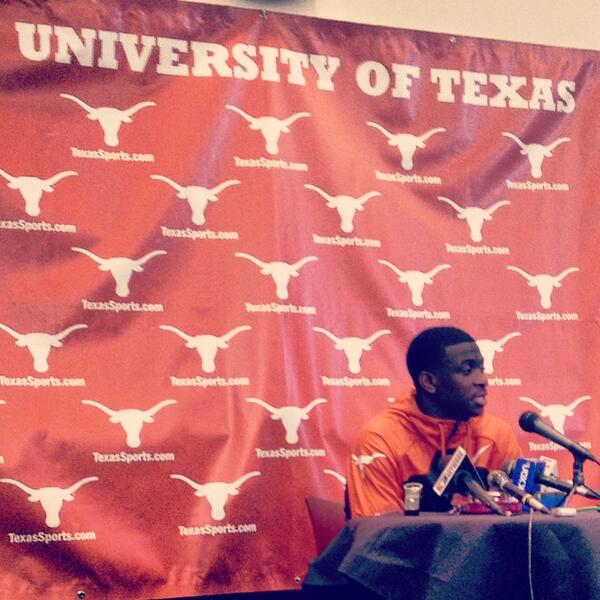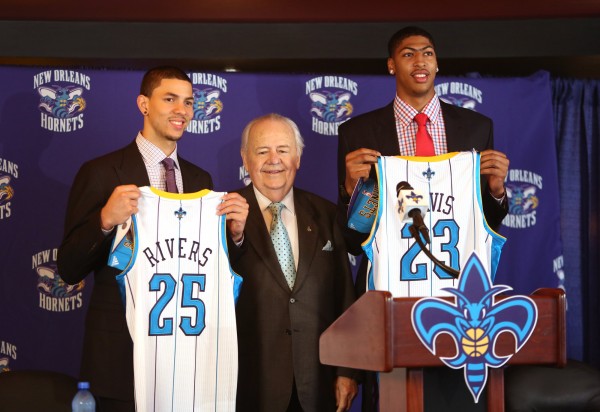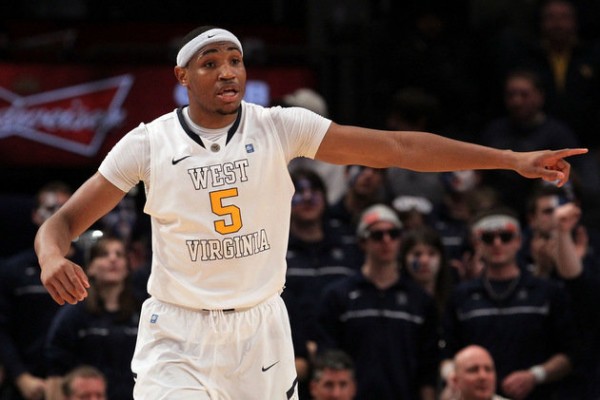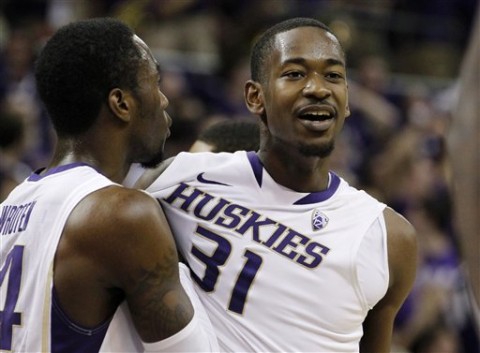RTC NBA Draft Profiles: Jamaal Franklin
Posted by BHayes on June 10th, 2013The NBA Draft is scheduled for Thursday, June 27, in Brooklyn. As we have done for the last several years, RTC will provide comprehensive breakdowns of 20 of the top collegians most likely to hear his name called by David Stern in the first round on draft night. We’ll generally work backwards and work our way up into the lottery as June progresses. As an added bonus, we’ll also bring you a scouting take fromNBADraft.net’s Aran Smith at the bottom of each player evaluation. This post was contributed by RTC’s Bennet Hayes. He can be found on Twitter @HoopsTraveler.
Player Name: Jamaal Franklin
School: San Diego State
Height/Weight: 6’5”/190 lbs.
NBA Position: Shooting Guard/Small Forward
Projected Draft Range: Mid to Late First Round

Jamaal Franklin is not one to lack in confidence, but will his manic, aggressive game translate to the NBA?
Overview: After highly productive sophomore and junior seasons, Jamaal Franklin decided the time was now to depart San Diego State for the NBA Draft. The explosive wing helped key the continued success of Steve Fisher’s program, as the Aztecs earned top eight seeds in the NCAA Tournament in each of Franklin’s three seasons there. There is little that is prototypical about Franklin’s game. He is a scoring wing who struggles to shoot the ball from deep (just 28% from three-point range last season) but rebounds the ball as productively as any big (his 26.4% defensive rebound rate was 10th nationally a year ago). Franklin’s unconventional game will undoubtedly undergo some tweaking at the next level, as whispers of an improved jump shot and the nature of the bigger, more athletic front lines in the league should have him spending more time on the perimeter. Adjustments will be needed to reach his potential, but if Franklin continues to display the hyper-competitiveness and endless motor that fueled his prodigious collegiate efforts, whichever team ends up using a selection on the 2012 MW POY should end up a happy buyer indeed.
Will Translate to the NBA: Pairing Franklin’s natural competitiveness with his athletic ability makes him an NBA-ready defender from the get-go. He also graded out very well in measurements at the combine (despite not participating in any activities due to an ankle injury), and although just 6’5”, his seven-foot wingspan should allow him to see time at both the two and the three in the NBA. And while you can rest assured that Franklin will not be rebounding at the clip we witnessed at San Diego State, that length, combined with his superb bounciness, will make him an above-average rebounder from the wing early in his NBA career.






























